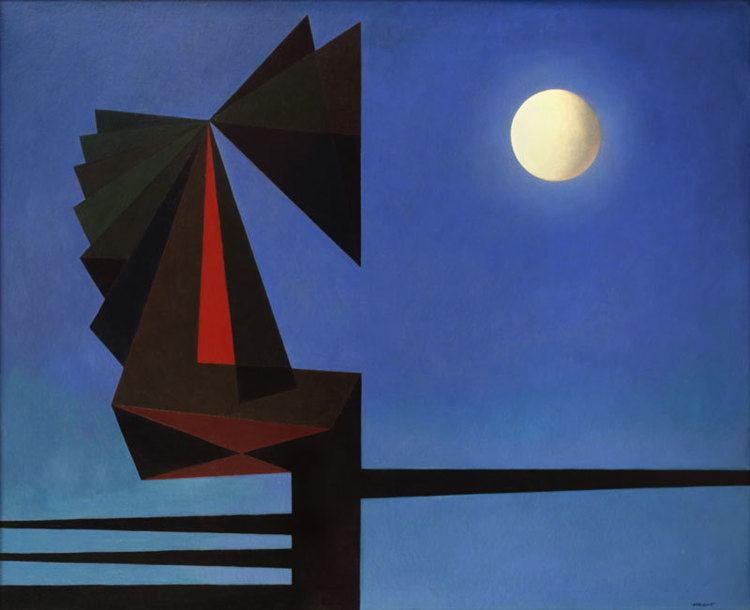Nationality Cuban Role Painter Name Rafael Soriano | Years active 65 Occupation painter Children Hortensia Soriano | |
Died April 9, 2015, Miami, Florida, United States Spouse Milagros Soriano (m. ?–2015) | ||
Rafael Soriano (November 23, 1920 – April 9, 2015) was a Cuban painter who lived in the United States. www.rafaelsoriano.com
Contents

Early life

Born November 23, 1920 in Cidra, Matanzas, Cuba, Rafael Soriano manifested an early inclination for painting. After completing seven years of study at Havana’s prestigious Escuela Nacional de Bellas Artes San Alejandro, he graduated in 1943 as Professor of Painting, Drawing and Sculpture. He then returned to Matanzas where he taught visual arts for close to two decades. Together with Manuel Rodulfo Tardo, Juan Esnard Heydrich and Roberto Juan Diago Querol was he one of the founders and later Director, of the Escuela de Bellas Artes de Matanzas, the most important art school in Cuba outside of Havana. He is one of the major Latin American artists of his generation and one of the premier painters of Cuba.
United States

In 1962 Soriano went into exile, settling in Miami with his wife Milagros and his daughter Hortensia until his death in 2015. He worked as a graphic designer and occasionally taught, first at the Catholic Welfare Bureau, and later at the Cuban Cultural Program of the University of Miami. Soriano avoided vernacular themes which dominated Cuban art from its emergence with the first Vanguard in the mid-twenties. His work proceeded along the paths of geometric abstraction in the course of 1950's and was part of the Ten Concrete Geometric painters but by the late 1960s, Soriano’s work took a radical turn. His brush began to create amazing shapes; abstract expressions related to the emotions, feelings, meditations and mystical introspections. A novel treatment of light and color, transparencies and forms placed Soriano in a new aesthetic dimension and freed him from his earlier attachments to schools and tendencies. Through a highly refined technique, he became a master of luminosity, of the pictorial metaphor and of the metaphysical language of forms. In his amazing and highly complex images, light acts as both form and content. It is this unity of purpose and means of representation that constitutes Soriano’s transcendental contribution to contemporary visual discourse and elevates his artistic creation to universal rank.
Since his first exhibition in 1947 in Havana’s Lyceum and Lawn Tennis Club, Rafael Soriano’s work has been represented in numerous individual exhibitions and close to two hundred collective shows. His paintings have traveled through the United States, Brazil, Venezuela, Puerto Rico, El Salvador, Chile, Peru, the Dominican Republic, Spain, Switzerland, Mexico, Italy, etc. Currently his work is included in numerous private and public collections Blanton Museum of Art, University of Texas at Austin; Denver Art Museum, Colorado; Jane Voorhees Zimmerli Art Museum, Rutgers University, New Jersey; Lowe Art Museum, University of Miami, Florida; Museo de Arte Zea, Medellin, Colombia; Museo Nacional de Bellas Artes, Havana, Cuba; Museum of Modern Art of Latin America (OAS), Washington, DC;Smithsonian American Art Museum, Washington, D.C.; Long Beach Museum of Art, Long Beach, California; PAMM, Miami, Florida; CIFO, Miami, Florida; Museum of Art, Fort Lauderdale, Florida; Galeria de Arte Moderno, Santo Domingo, Dominican Republic, and in other important institutions and corporations.
